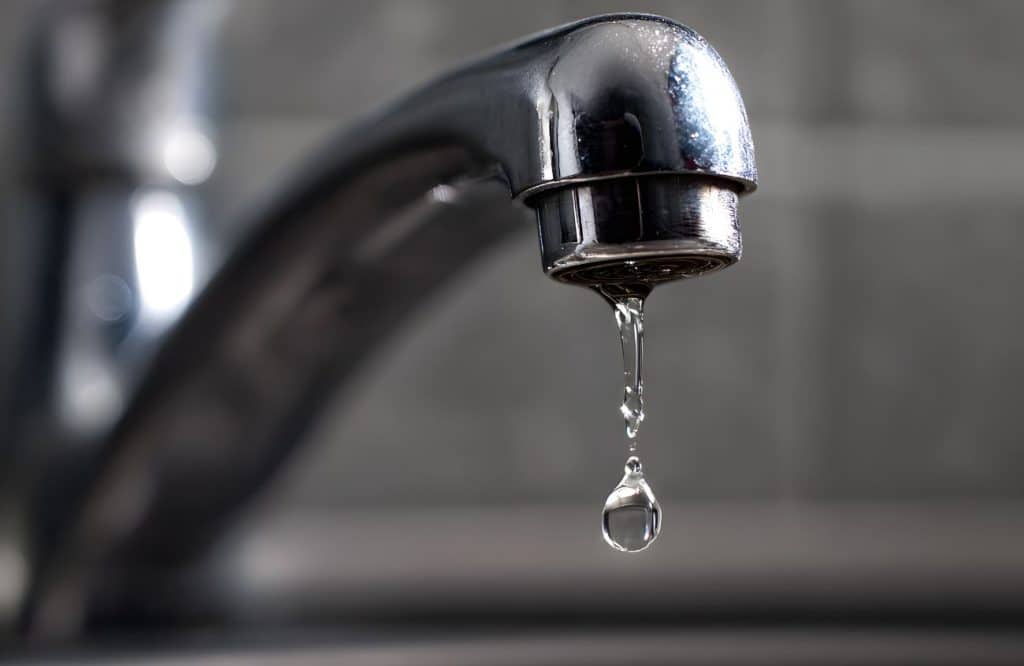Those of us that live in northern states may not be ready to hear this, but winter is right around the corner. And soon it will be time to winterize your lawn irrigation systems. Winterization is a critical piece of preventive maintenance that must be completed to prepare irrigation systems and backflow prevention assemblies for freezing temperatures. Often, home and business owners implement winterizing incorrectly, resulting in both costly repair bills and the potential of contamination to our drinking supply.
Here’s what you need to know.
Cross-Connection Control Programs: The Essentials
Why Winterization Matters
Irrigation systems can’t withstand freezing temperatures. If water is not properly drained, it can freeze and expand, resulting in burst piping and valve bodies or ruined internal components of the backflow assembly. To avoid these problems, contractors typically blow water out of the system with compressed air. If done correctly, it maintains your irrigation system through the winter. If done incorrectly, it can do more harm than good.
Common Problems with Air Compressors
Most contractors use large trailer-mounted compressors. Their machines deliver much more pressure and volume than are required for irrigation applications: While up to 25 cfm at 50 psi is sufficient for winterization of irrigation systems, many compressors deliver 185 cfm at 100 psi and more. That much pressure can overheat and damage delicate rubber seals in backflow devices or other internal system components.
But there’s another lurking danger: air quality. Compressors are prone to releasing oil mist or particulate matter that can line piping, the interior of the backflow prevention assembly, and even find its way into your water supply. That’s directly contrary to cross-connection control principles that preserve safe drinkable water.
The Proper Method of Designing for Winterization
The good news: Irrigation systems can be built—or upgraded—to allow proper winterization without harming the backflow assembly and while keeping any compressor oil from making its way into the drinking water. The recommended design outlines two installations:
- A dedicated blowout fitting situated downstream of the backflow assembly
- Low-point drains that allow water to be safely gravity-drained from the assembly to the low point in the supply line (typically in a basement)

Best Practices for Contractors & Property Owners
To avoid the common pitfalls of winterization, including water contamination, follow best practices including:
- Never blow compressed air through the backflow assembly
- Maintain the backflow assemblies shut-off valves closed during blowout
- Use low-pressure, clean air for irrigation lines
- Following winterization, leave test cocks and shut-off valves open slightly (approximately 45°) to avoid water that may be trapped and cause freeze damage
Why It Matters to Municipalities
Cross-connection control programs are in place to safeguard public health. Inadequate winterization procedures negate that purpose. Municipal authorities and water utilities must:
- Provide clear directives for correct winterization procedures
- Require blowout connections downstream of backflow assemblies
- Implement and review ordinances for the prohibition of blowing compressed air through backflow devices
By putting into place such expectations, municipalities can reduce contamination risks and protect their citizens’ water supply.
The Bottom Line
Irrigation system winterizing is not just for prevention of freeze damage—it’s for safeguarding our drinking water. Property owners and municipalities can adopt the appropriate design and procedures to ensure systems are protected without jeopardizing backflow prevention.
Remember: Never cut corners—protect your backflow assembly, protect your water.
Ready to learn more about how HydroCorp can support your community’s cross-connection control and backflow prevention efforts?



